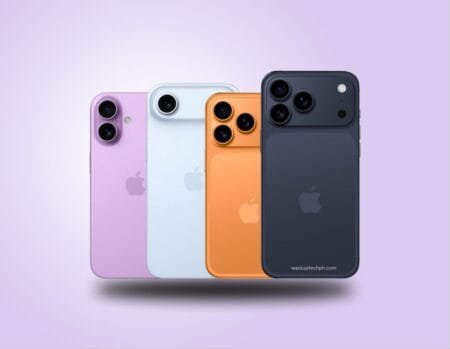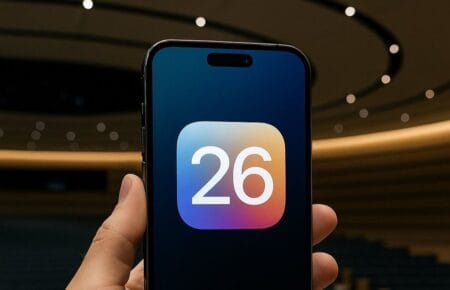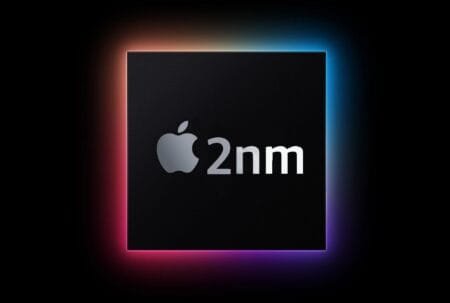Spatial audio has gained significant attention recently, offering an immersive listening experience in both movies and music. With the introduction of Dolby Atmos Music tracks on streaming platforms, the appeal of spatial audio has grown. However, questions remain about the differences in spatial audio between streaming services and the influence of headphones on the experience. In this article, we explore how spatial audio works?
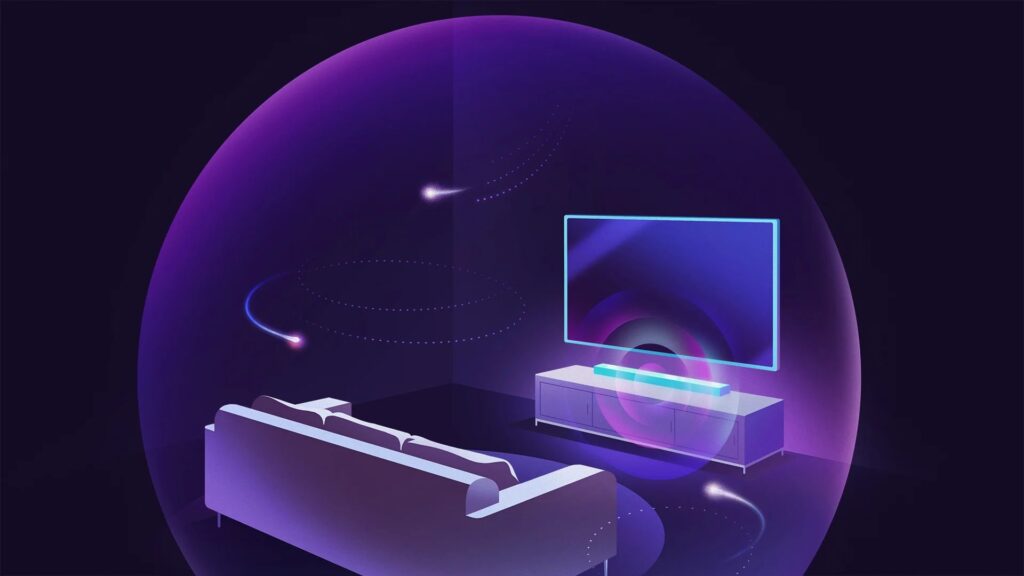
Understanding Spatial Audio
Spatial audio formats like Dolby Atmos enhance surround sound by utilizing speakers strategically placed around a room. Music in Dolby Atmos starts with a 9.1 channel setup and introduces sound “objects” that can move freely within the speaker setup, creating a three-dimensional audio experience.
How Spatial Audio Works?
Certainly! Spatial audio is an innovative audio technology that creates an immersive listening experience by simulating a three-dimensional sound environment. This effect is achieved through a combination of advanced recording techniques and sophisticated software processing.
When sound engineers record audio for spatial playback, they often use a binaural setup, which involves two microphones capturing sound simultaneously to mimic human ear placement. This method allows for the creation of a 3D audio landscape, making it seem as though sounds are coming from various directions relative to the listener.
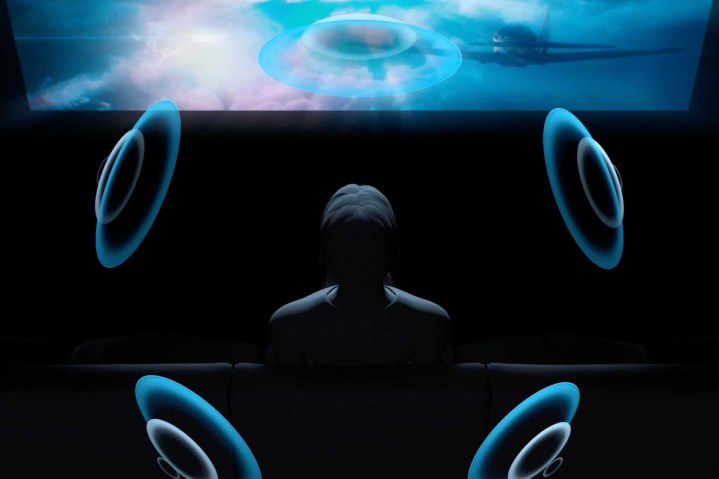
On the software side, spatial audio utilizes directional audio filters and frequency adjustments to each ear. This creates the illusion that sounds are originating from specific locations in the space around the listener. For instance, if an explosion occurs to the left of a scene in a movie, the spatial audio technology will make it louder in the listener’s left ear, enhancing the realism of the auditory experience.
Moreover, some implementations of spatial audio, like Apple‘s, include head tracking features. These use built-in sensors in compatible headphones to track the listener’s head movements, adjusting the audio dynamically to maintain the directionality of sounds, further deepening the sense of immersion.
Overall, spatial audio represents a significant leap forward in how we experience audio, offering a more engaging and realistic listening experience for music, movies, and games.
Source: click here
Headphone Replication of Spatial Audio
Listening to spatial audio through headphones may seem contradictory, but psychoacoustics, the study of how the brain processes sound, plays a significant role. Sound localization, the brain’s ability to determine the direction and proximity of sounds, relies on audio cues and timing differences between the ears. By using psychoacoustic models and stereo headphones, the direction and distance of real-world sounds can be mimicked.
How Headphones Create an Immersive Sound Experience?
Headphone replication of spatial audio is a cutting-edge technology that aims to recreate the immersive experience of sound in three-dimensional space through the use of headphones. This technology goes beyond traditional stereo sound by adding depth and directionality to audio, making it seem as if the sound is coming from all around the listener, including above and below.
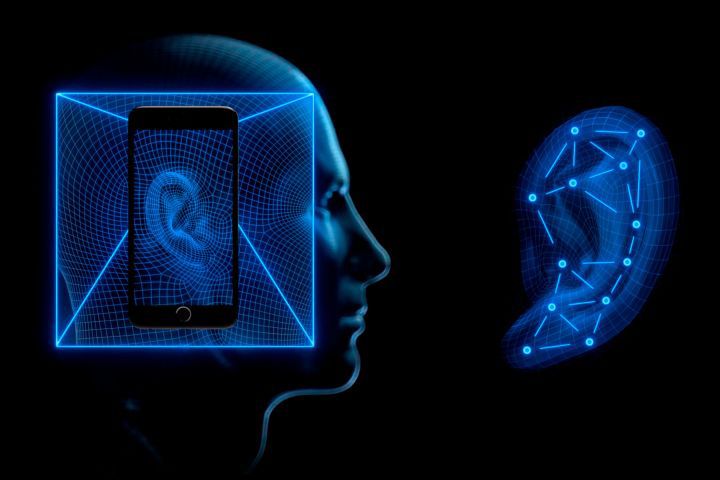
Spatial audio in headphones is achieved through a combination of advanced audio processing techniques and the physical design of the headphones themselves. By employing directional audio filters and adjusting the frequencies sent to each ear, spatial audio creates the illusion of a 360-degree sound field. This is further enhanced by technologies such as head tracking, which adjusts the sound based on the listener’s head movements, providing a more dynamic and realistic experience.
The concept of spatial audio has its roots in surround sound systems developed for cinemas, but it has been adapted for personal use in headphones. Companies like Apple and Bose have been at the forefront of this technology, integrating spatial audio features into their products to deliver a more enveloping sound experience for music, movies, and gaming.
One of the key benefits of headphone replication of spatial audio is the ability to enjoy an immersive audio experience without the need for a multi-speaker setup. This makes it accessible to a wider audience and allows for a private listening experience that doesn’t disturb others. As the technology continues to evolve, we can expect even more sophisticated implementations of spatial audio in headphones, further blurring the line between virtual and real-world audio experiences.
Source: click here
Binaural Rendering
Binaural rendering is the process of converting spatial audio formats into sounds deliverable through headphones using psychoacoustic principles. This technique is used in Dolby Atmos, DTS:X, Sony 360 Reality Audio, and video games with surround soundtracks. Binaural rendering works with any stereo headphones or earbuds, regardless of their price or wired/wireless nature.
How Binaural Rendering Works?
Binaural audio aims to replicate the way we naturally perceive sound in our environment. When a sound is produced, it reaches each ear at slightly different times and with slight differences in frequency and amplitude. These differences are due to the unique shapes of our ears and head, which affect the sound waves. The brain processes these subtle differences, known as Head-Related Transfer Functions (HRTFs), to localize sound sources in three-dimensional space.
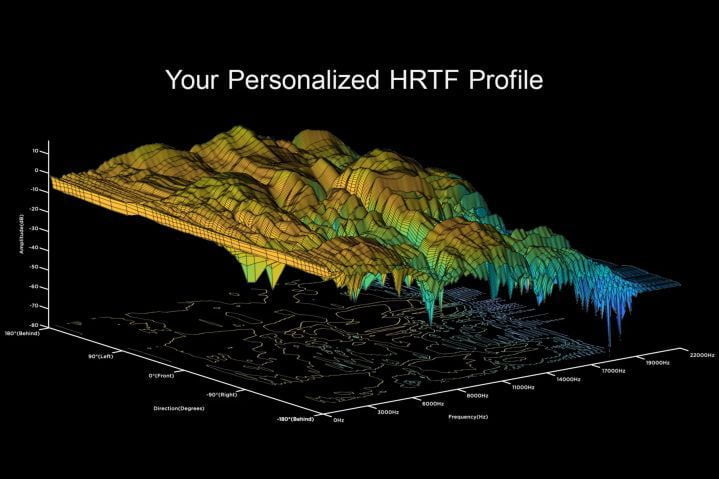
The process of binaural rendering involves several steps:
- Capture or Synthesize: Sound is captured or synthesized with the spatial characteristics of a 3D environment.
- Head-Related Impulse Responses (HRIRs): These are measurements or models that contain the cues our auditory system evaluates to perceive direction, distance, and spaciousness of sound.
- Convolution: The source signals are convolved with HRIRs, which essentially filters the sound to include the spatial cues.
- Playback: The processed audio is played back through headphones, allowing the listener to experience the sound as if it were coming from specific points in space.
Advanced techniques, such as Ambisonic Binaural Rendering, further improve the experience by aligning the HRIRs in time and frequency to retain the interaural time difference (ITD) at low frequencies and control the diffuse-field behavior¹.
The goal of binaural rendering is to create an immersive audio experience, enhancing virtual reality, gaming, and multimedia applications by providing a realistic sense of presence and spatial awareness.
For a more technical dive, researchers have developed methods to minimize sound coloration and improve localization accuracy by using frequency-dependent time alignment of HRIRs followed by optimization techniques subject to diffuseness constraints.
This technology is continually evolving, with research focused on improving the personalization and accuracy of binaural rendering to cater to individual listener’s HRTFs, thereby enhancing the overall auditory experience.
Source: click here
Different HRTFs in Streaming Services:
Streaming services utilize different generic HRTFs for binaural rendering. For example, Amazon Music and Tidal use a generic HRTF provided by Dolby, while Apple Music employs its proprietary generic HRTF. The preference for a specific HRTF depends on how closely it aligns with an individual’s personal HRTF.
Personalized HRTFs and Virtual Studio Experience
Companies like Apple and Sony offer options for personalized HRTFs, enhancing the realism of spatial audio. Apple’s “personalized spatial audio” uses TrueDepth camera technology to capture 3D photos of the face and ears, while Sony allows users to upload ear photos for personalized HRTF creation. These personalized HRTFs are currently limited to specific devices.
Creating a Virtual Spatial Audio Studio
Binaural rendering has become an essential tool for musicians and creators in making spatial audio. Virtual studio software, such as Embody’s Immerse Virtual Studio Signature Edition, allows users to experience binaurally rendered spatial audio using headphones and compatible digital audio workstations. This software provides an optimized environment for creating spatial audio content.
Optimizing Spatial Audio for Different Platforms
Artists face a challenge in optimizing their mixes for different streaming platforms with varying binaural rendering techniques and HRTFs. Factors like HRTFs and specific binaural renderers significantly impact how spatial audio tracks sound on different platforms. Artists must decide whether to optimize for the best listening experience or cater to the current headphone-centric audience.
Conclusion
Spatial audio through headphones offers an immersive listening experience, replicating the effect of multiple speakers. Psychoacoustic principles and binaural rendering make this possible. While personalized HRTFs enhance the realism of spatial audio, generic HRTFs still provide a satisfactory experience. As technology advances, the compatibility between personalized HRTFs and spatial audio apps is expected to improve, further enhancing the headphone spatial audio experience.
Discover more from wazzuptechph
Subscribe to get the latest posts sent to your email.



